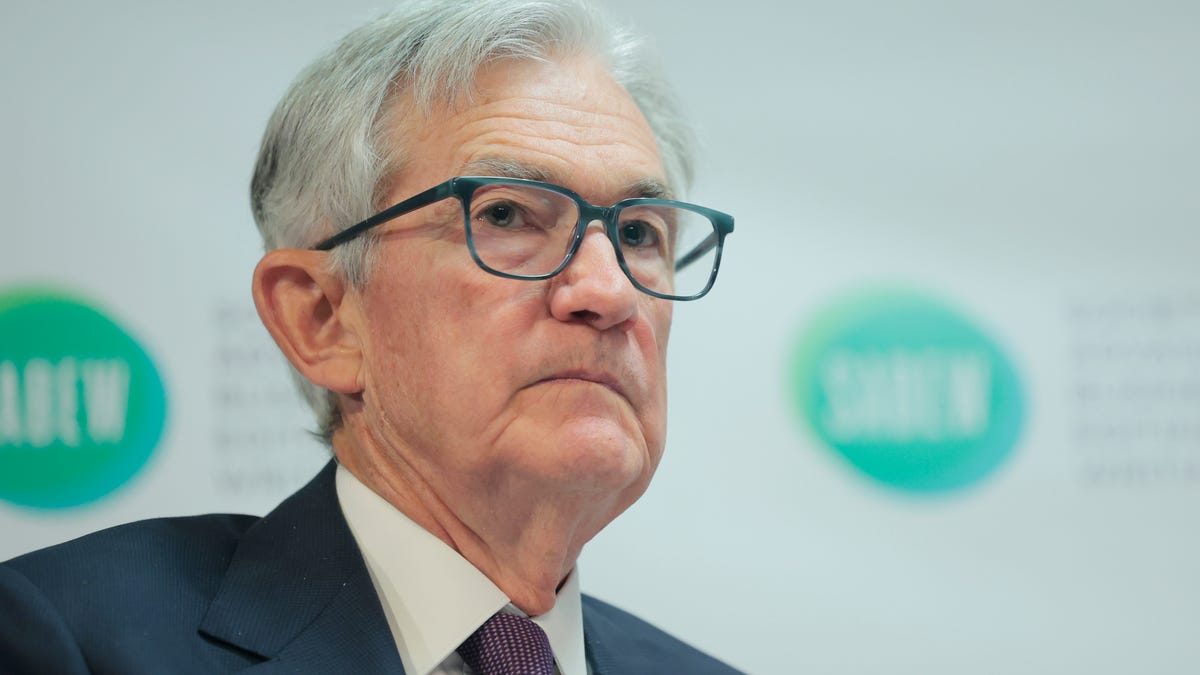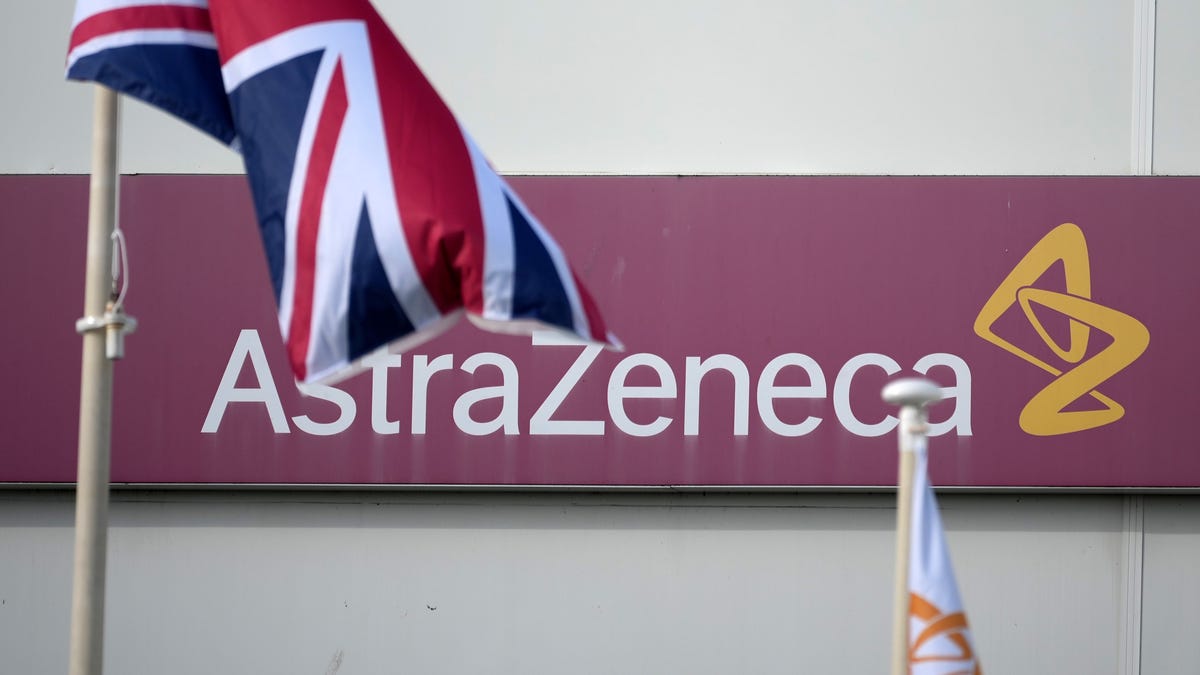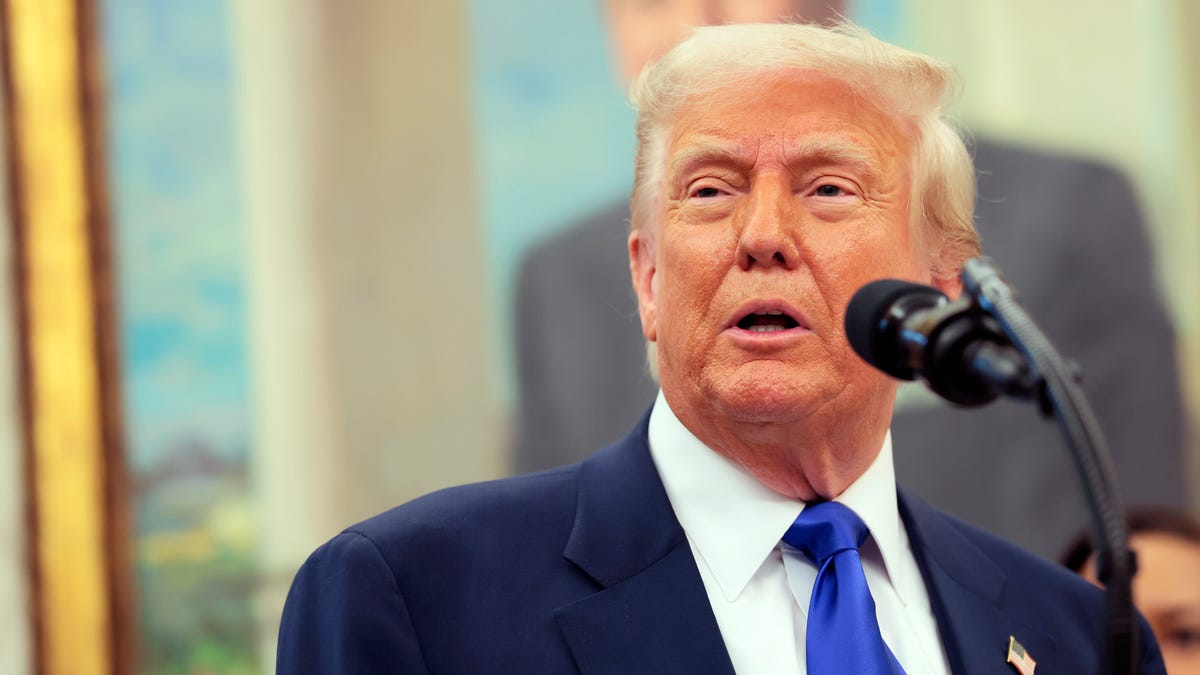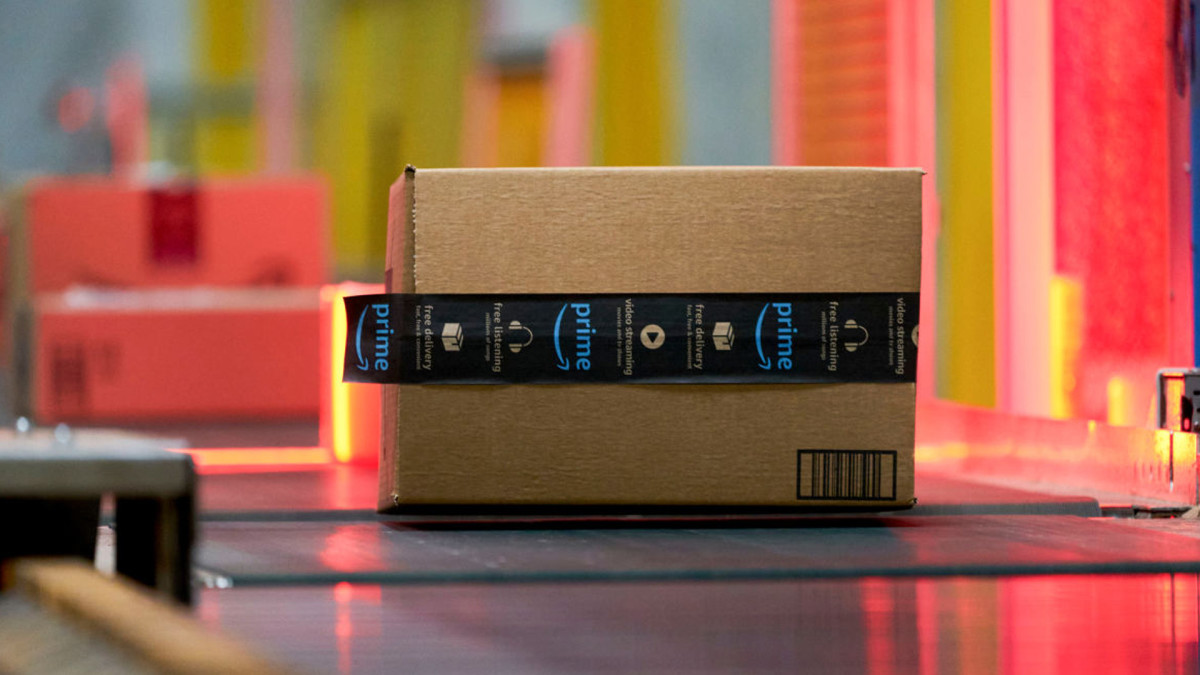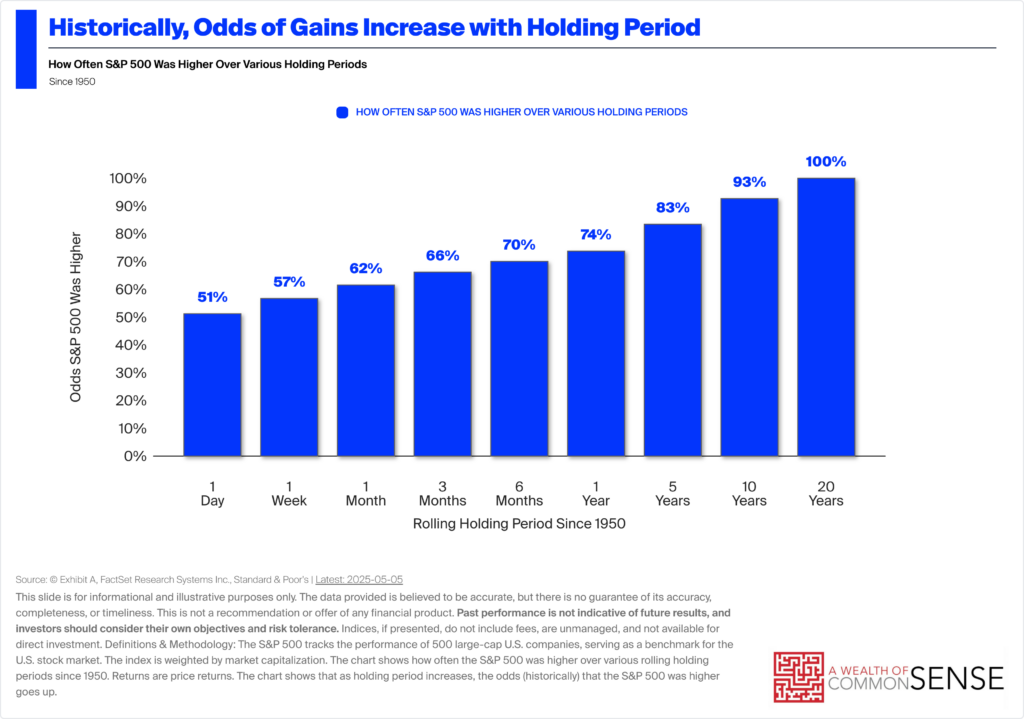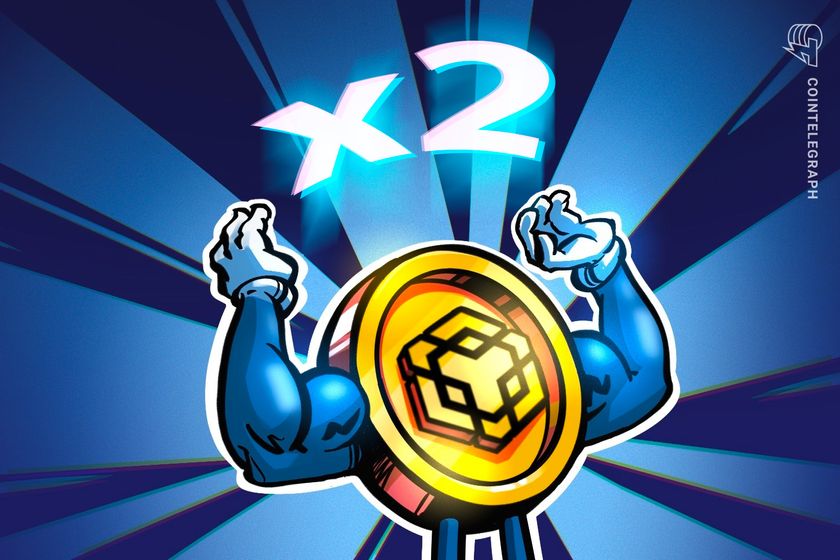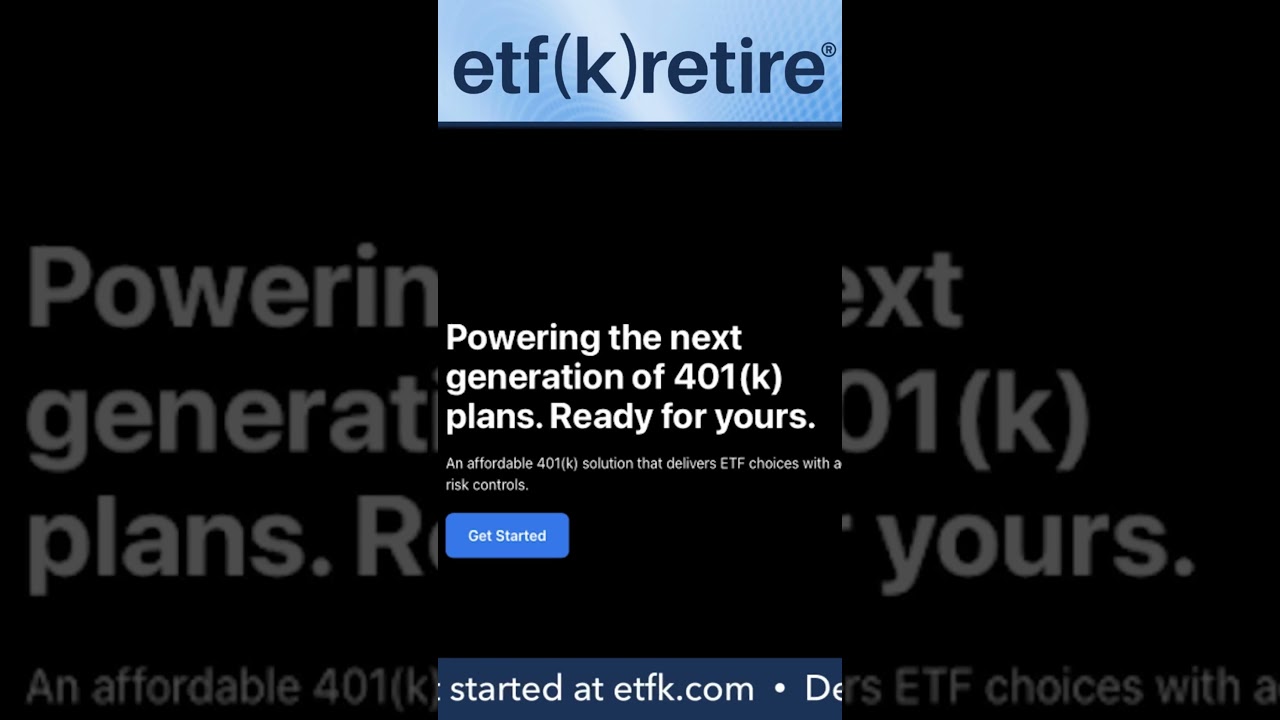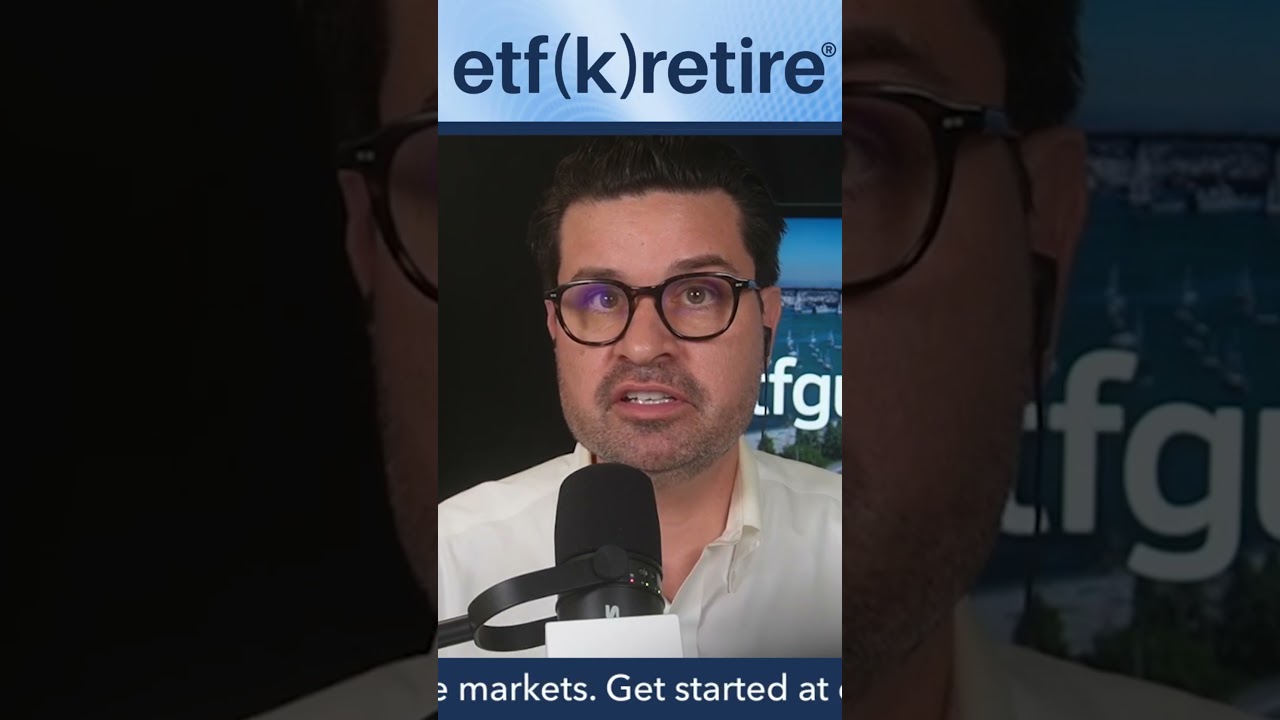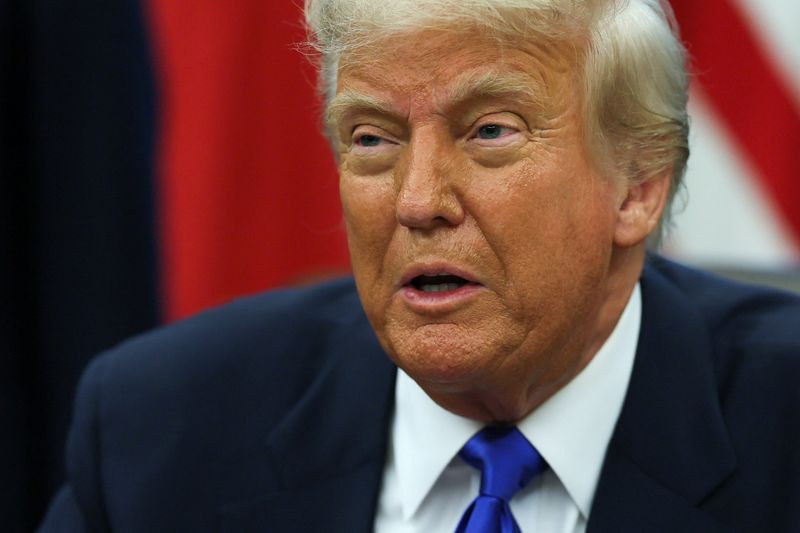Frictionless flows are Ethereum's path to economic dominance
Opinion by: Barna Kiss, CEO of MaldaAn idea recently floated by some prominent thinkers in the Ethereum space to reclaim value for the mainnet is the taxing of its Layer-2s. The future of Ethereum does not depend on policy but on enabling frictionless capital movement between the L2s in question. Tariffing rollups may appear a neat way to reclaim value for the mainnet. In practice, it would fragment the ecosystem, drain liquidity, push users toward centralized platforms, and avoid decentralized finance altogether. In a permissionless system, capital flows to where it is treated best, and Ethereum's rollups mistreat it.Liquidity fragmentation is Ethereum's real threatIn traditional finance, the link between fluidity and growth is well established. Lower barriers to capital inflows lead to higher investment. Take the European Union's pre-Brexit single market. Investment flows slowed when the United Kingdom's exit fragmented access to capital pools, as economists tracking cross-border activity noted. Ethereum faces a decentralized parallel. Rollups, particularly those that are optimistic and ZK-based, impose delays of up to a week on withdrawals and offer only patchy cross-rollup liquidity. The result is a fragmented system in which adoption slows, and capital is underused.Developers are left with two poor choices. Either they focus on one rollup and limit their audience, or fragment liquidity across several and accept inefficiencies. Neither option serves the ecosystem's long-term interests. A significant opportunity lies, therefore, with protocols that remove these frictions. They will attract more capital, operate more efficiently, and deliver better experiences.Recent: 3 reasons Ethereum could turn a cornerCapital movement must be abstracted away from the end-user. Bridges and withdrawal queues should become protocol-level concerns, not user problems. It is feasible for liquidity deployed on one rollup to satisfy demand on another, with background rebalancing ensuring solvency and efficiency. What today seems complex can be made invisible.This design shift from reactive bridging to intent-based liquidity coordination would restore composability and preserve decentralization. More importantly, it would uphold Ethereum's core principles of building open systems without central gatekeepers. Without it, users will continue to rely on centralized exchanges to bypass friction, compromising self-custody for convenience. This is not just a technical challenge — it is a philosophical one.Designing around friction is the competitive edgeDesigning around capital efficiency is becoming a competitive edge. Tomorrow's DeFi protocols will not simply compete on fees or yield. They will compete on how well they can access liquidity across a fractured landscape. The winners will be those that can fulfill a user's request wherever the user is without requiring them to move funds manually. The result will be better UX, more productive capital, and higher network stickiness.Some underlying technologies are beginning to address the problem. Ethereum-native rollups, planned after a hard fork in 2026, promise closer integration, and while they are still not ready for deployment, based rollups offer tighter alignment with Ethereum by sharing sequencing and improving settlement while sacrificing some independence. In the meantime, optimistic rollups are racing to implement zero-knowledge proofs to speed up exits. These innovations reduce friction, but they are not enough on their own. Scale will come from applications designed around these constraints, not from the base layers alone.Zk-Rollups are particularly well suited for this. Their cryptographic structure allows for low-latency and trust-minimized messaging between chains. This makes them ideal for applications like payments, decentralized trading, and real-time financial products, all of which demand speed and certainty. If Ethereum can make such cross-rollup flows seamless, it will not just scale. It will become the backbone of a more efficient financial system.That outcome is not guaranteed. Tariffing rollups may serve short-term goals, but in the long run, they would weaken the very network Ethereum aims to strengthen. Solana, for example, already offers composability within a single domain. While Ethereum's modular approach is arguably more robust, it cannot afford to ignore the usability cost of fragmentation.Ethereum's greatest strength is its neutrality. That should include the ability of capital to move freely within its ecosystem. The future will not be built by taxing rollups. It will be built by enabling them to function as one economic engine.Opinion by: Barna Kiss, CEO of Malda. This article is for general information purposes and is not intended to be and should not be taken as legal or investment advice. The views, thoughts, and opinions expressed here are the author’s alone and do not necessarily reflect or represent the views and opinions of Cointelegraph.
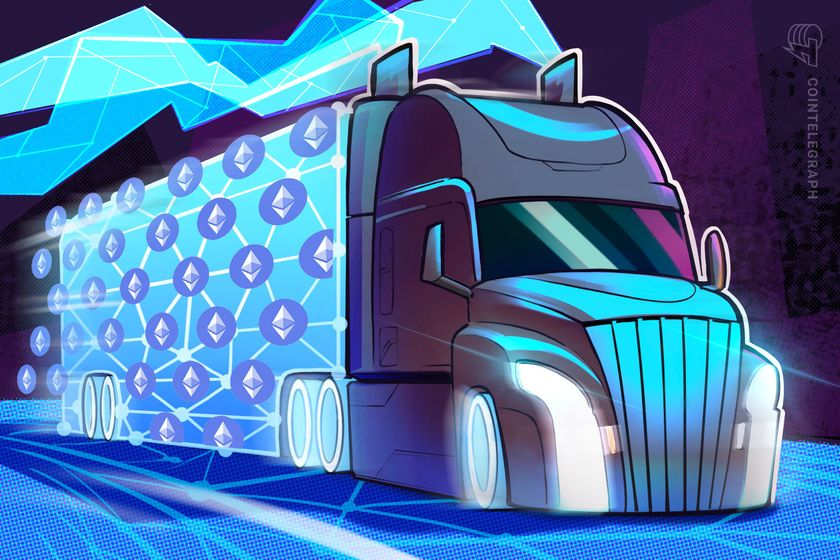


Opinion by: Barna Kiss, CEO of Malda
An idea recently floated by some prominent thinkers in the Ethereum space to reclaim value for the mainnet is the taxing of its Layer-2s. The future of Ethereum does not depend on policy but on enabling frictionless capital movement between the L2s in question. Tariffing rollups may appear a neat way to reclaim value for the mainnet. In practice, it would fragment the ecosystem, drain liquidity, push users toward centralized platforms, and avoid decentralized finance altogether. In a permissionless system, capital flows to where it is treated best, and Ethereum's rollups mistreat it.
Liquidity fragmentation is Ethereum's real threat
In traditional finance, the link between fluidity and growth is well established. Lower barriers to capital inflows lead to higher investment. Take the European Union's pre-Brexit single market. Investment flows slowed when the United Kingdom's exit fragmented access to capital pools, as economists tracking cross-border activity noted. Ethereum faces a decentralized parallel.
Rollups, particularly those that are optimistic and ZK-based, impose delays of up to a week on withdrawals and offer only patchy cross-rollup liquidity. The result is a fragmented system in which adoption slows, and capital is underused.
Developers are left with two poor choices. Either they focus on one rollup and limit their audience, or fragment liquidity across several and accept inefficiencies. Neither option serves the ecosystem's long-term interests. A significant opportunity lies, therefore, with protocols that remove these frictions. They will attract more capital, operate more efficiently, and deliver better experiences.
Recent: 3 reasons Ethereum could turn a corner
Capital movement must be abstracted away from the end-user. Bridges and withdrawal queues should become protocol-level concerns, not user problems. It is feasible for liquidity deployed on one rollup to satisfy demand on another, with background rebalancing ensuring solvency and efficiency. What today seems complex can be made invisible.
This design shift from reactive bridging to intent-based liquidity coordination would restore composability and preserve decentralization. More importantly, it would uphold Ethereum's core principles of building open systems without central gatekeepers. Without it, users will continue to rely on centralized exchanges to bypass friction, compromising self-custody for convenience. This is not just a technical challenge — it is a philosophical one.
Designing around friction is the competitive edge
Designing around capital efficiency is becoming a competitive edge. Tomorrow's DeFi protocols will not simply compete on fees or yield. They will compete on how well they can access liquidity across a fractured landscape. The winners will be those that can fulfill a user's request wherever the user is without requiring them to move funds manually. The result will be better UX, more productive capital, and higher network stickiness.
Some underlying technologies are beginning to address the problem. Ethereum-native rollups, planned after a hard fork in 2026, promise closer integration, and while they are still not ready for deployment, based rollups offer tighter alignment with Ethereum by sharing sequencing and improving settlement while sacrificing some independence. In the meantime, optimistic rollups are racing to implement zero-knowledge proofs to speed up exits. These innovations reduce friction, but they are not enough on their own. Scale will come from applications designed around these constraints, not from the base layers alone.
Zk-Rollups are particularly well suited for this. Their cryptographic structure allows for low-latency and trust-minimized messaging between chains. This makes them ideal for applications like payments, decentralized trading, and real-time financial products, all of which demand speed and certainty. If Ethereum can make such cross-rollup flows seamless, it will not just scale. It will become the backbone of a more efficient financial system.
That outcome is not guaranteed. Tariffing rollups may serve short-term goals, but in the long run, they would weaken the very network Ethereum aims to strengthen. Solana, for example, already offers composability within a single domain. While Ethereum's modular approach is arguably more robust, it cannot afford to ignore the usability cost of fragmentation.
Ethereum's greatest strength is its neutrality. That should include the ability of capital to move freely within its ecosystem. The future will not be built by taxing rollups. It will be built by enabling them to function as one economic engine.
Opinion by: Barna Kiss, CEO of Malda.
This article is for general information purposes and is not intended to be and should not be taken as legal or investment advice. The views, thoughts, and opinions expressed here are the author’s alone and do not necessarily reflect or represent the views and opinions of Cointelegraph.

















